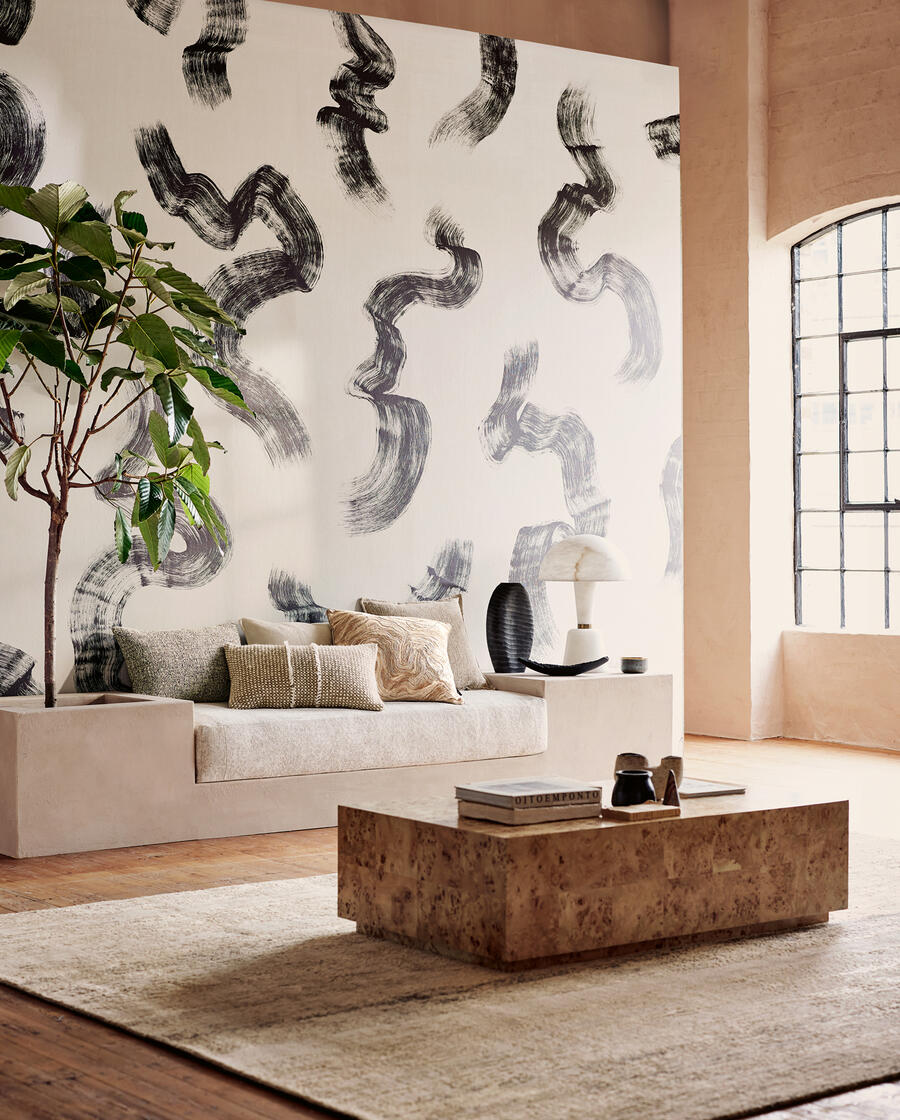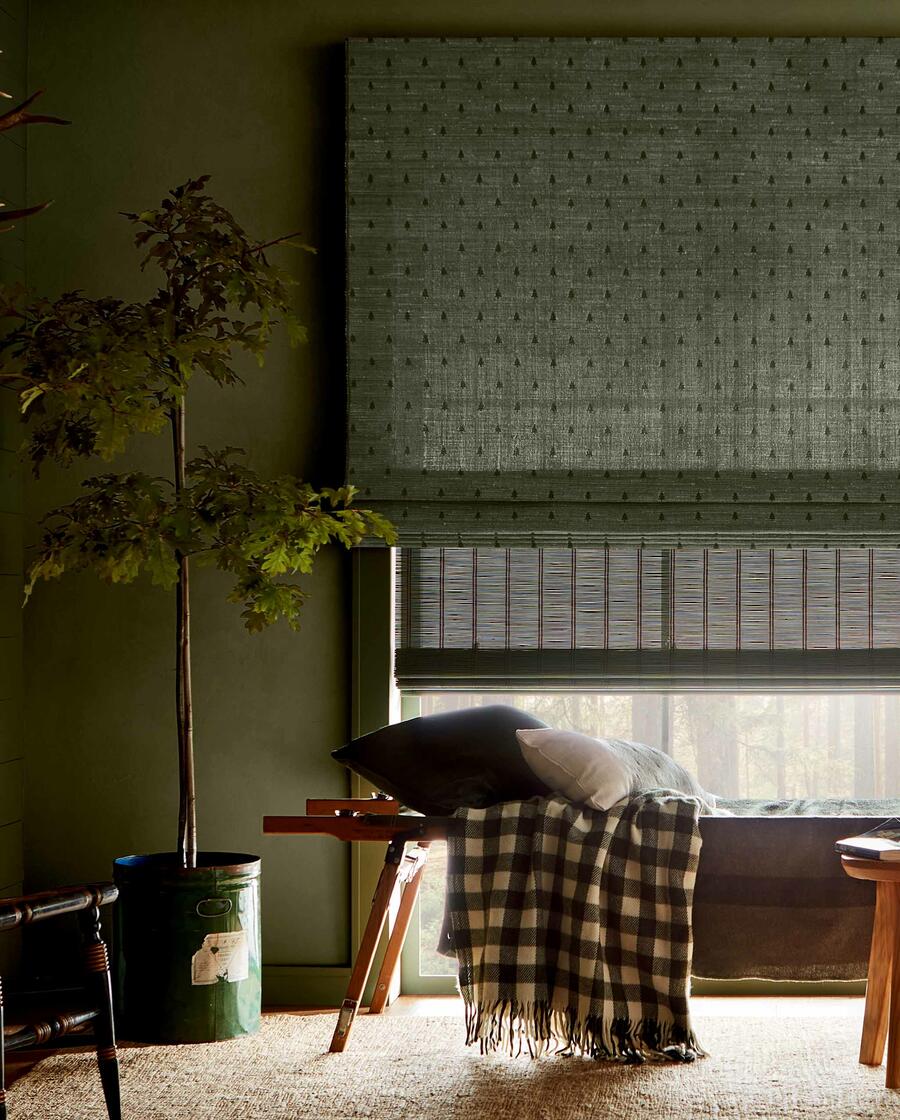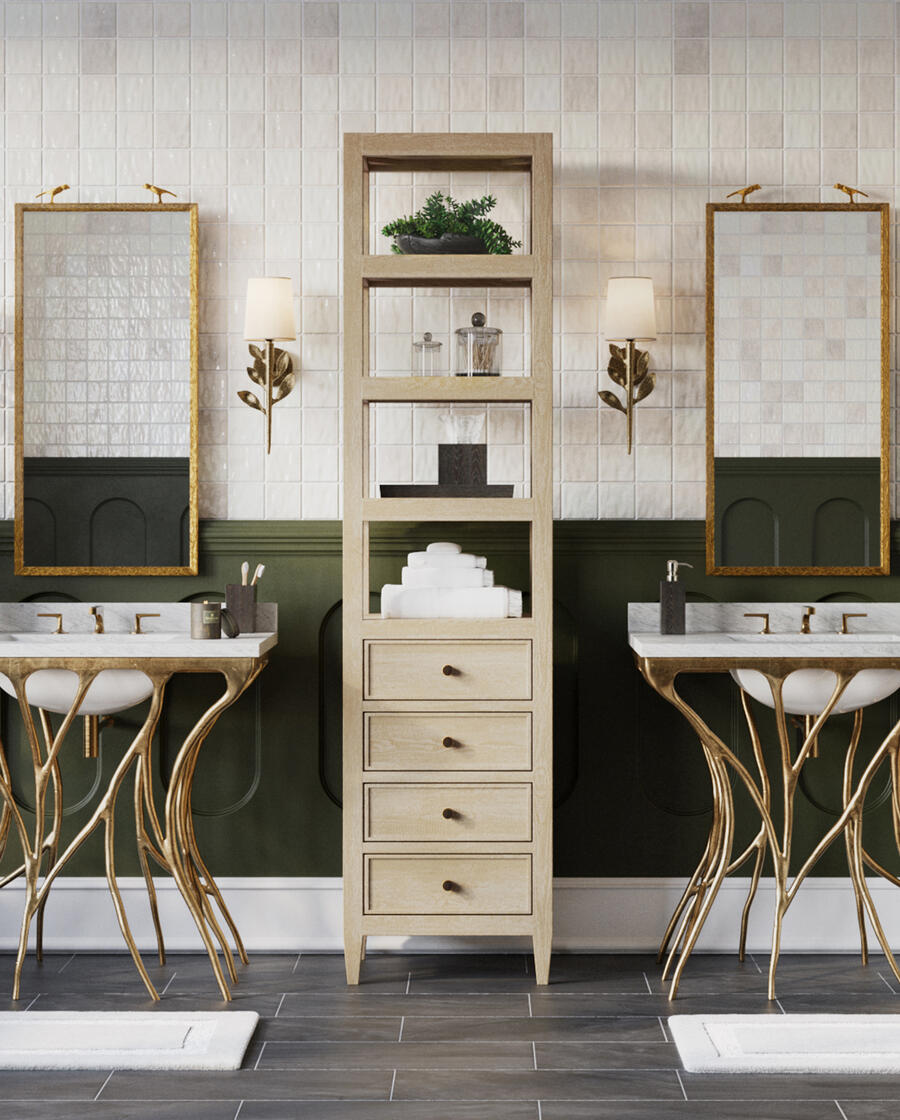“Mind blowing” was the phrase some members of the Design Leadership Network (DLN) used to describe the 8th annual Design Leadership Summit (DLS) last week (November 5-7), an event that drew thinkers, innovators and creative minds in design, fashion, art, technology, media and real estate to New York City.
Throughout the next few days, Editor at Large will be providing recaps of the three-day event, distilling down the major ideas from each presentation, and sharing members’ takeaways.
Co-hosted by Peter Sallick, CEO of Waterworks and Dering Hall, Kate Kelly Smith, SVP publishing director and chief revenue officer of Hearst Design Group, and John Edelman, president and CEO of Design Within Reach, the event kicked off on Tuesday evening, November 5, with dinner and a presentation by writer and architecture critic Paul Goldberger and architect Norman Robert Foster, Lord Foster of Thames Bank at the New York Public Library.
From left: Norman Foster, Paul Goldberger and Peter Sallick
“Norman Foster is unlike any other architect who runs a large global firm that I know,” Goldberger began. “Because he has a kind of passion, and engagement and obsession about detail that is far more characteristic of architects in small independent practices. He adores design, he is fanatical about detail, he is insistent that his spare modern aesthetic be continually evolving, and he does not like to compromise.”
Foster is known for his work on large-scale projects including the Hearst Tower in New York City, the Beijing Airport in China, and the Apple headquarters in Cupertino, but he also works on residential projects which he admitted he sometimes has a harder time with.
Goldberger’s first question explored that idea: “Does skill at designing at one scale translate into another? Is a city the same as a chair?” he asked.
“For as long as I can remember I’ve had a collection of toys, of models. I find it impossible to separate the world of a car or the world of an artist, a sculptor, a painter, an architect,” said Foster. “For me it’s seamless. It’s all about a visual world—it’s all about a world of things, machines, spaces that you inhabit, things that you can touch and smell—and some are just great and touch your soul and move you. I get excited about the trains of the past that I’ve never seen: the Burlington Zephyr, the streamline tradition, and I can see that in buildings. I have a tremendous stimulation and pleasure from history but in that sense, history is alive. So whether it’s a piece of furniture, the people that I engage with—perhaps the client—who is as interested in the big picture as I am, the small details are very rare but in the end, that is what design is about. It’s about the great strategies. So yes, I enjoy the obsession with detail, but I can’t separate it from the big picture, because in a way you need both—you need the big vision.”
“What are the different architectural skills that one brings to that range of project?” asked Goldberger. “Are they fundamentally different or are they really in your view the same?
“I think they’re the same,” said Foster. “And arguably the smaller projects are perhaps more demanding than the bigger ones. It sounds kind of coy to say but I really do believe that every project gets as much love. It has nothing to do with the size, with the scale. The challenge is how do you put a gallery for contemporary art into a 24-foot-wide space when it needs a great space? I think all projects are demanding in terms of design. Of course, when you overlay the political layers in a project and the relationship with clients and project managers, then it gets more complicated. But at heart, at essence, I think design is design, and it’s not about size.”
When Foster took on the challenge of designing the Apple headquarters, Steve Jobs said to him, “Don’t think of me as a client, think of me as part of the design team.” Foster explained that he enjoys clients that engage him and stimulate him.
“I know that the Apple building is very large,” he said. “This is a very interesting cross comparison here to the University of East Anglia in Europe. The same number of people are there, but they’re in fifty buildings. At Apple, they’re at one building on a 175-acre site, but it’s all connected and it’s about communication and the creative process, so they’re close together. So regardless of scale—whether it’s a tiny winery or somewhere in between a cultural building or a headquarters—the same principles, concerns, obsessions permeate through the same process."
“It’s the same story as Beijing Airport,” he continued. “Beijing Airport is 2 miles long, but compare that with Heathrow which has 6 coming on 7 Terminals. It’s all about the movement in between.”
“Your practice has done an extraordinary amount of work with historic architecture,” Goldberger said. “Can you talk about attitudes toward history that you feel are critical to designing well today?”
“I can’t think of an exception to the idea that if you start with a historic building, the likelihood is that you will find the clues for how to extend its life, regenerate it, by going back into its past,” said Foster. “So when I took the Royal Academy, starting with research and archives, we uncovered that the original Burlington house fronted onto the Burlington gardens had an 1815 facade and that gave the clues that when they had expanded there were the major galleries behind it.”
“In a way, the historic building is like a city microcosm,” he continued. “One of the incredible delights of a city like New York is that you can see the different periods [in its architecture]. You can’t confuse the Empire State Building with a newer one. So in a way, the historic building is a long-standing tradition, and each of the interventions should be of their own time because the materials change, technology and everything else changes, but the history should be preserved.”
Goldberger wrapped up the conversation by asking Foster if he’d ever imagine working on a private house.
“We do residential projects but they are very, very demanding,” Foster said. “The interesting thing about most houses is that you have two clients. One house that I was working on in the South of France, I got a call from the husband who said ‘Norman, I know we’re meeting tomorrow together about the house but it’s in the Mediterranean, it gets pretty hot, and I think you do agree we should have stone floors?’ And then I got a call in the afternoon from his wife saying ‘Norman, I know we’re meeting tomorrow. You know, you do think the house should be warm, you know, wood floors, don’t you think we should have wood floors?’ The politics of architecture is always more difficult than the design process, but that’s the richness of it, of course.”
Continue to check back for more coverage of the DLN Summit coming each day this week.























